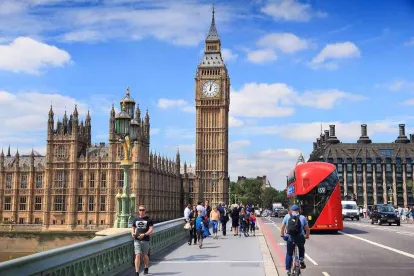Background
In February 2022 the UK Government unveiled its long-awaited plans to improve corporate transparency and reform the company register framework, in a move widely regarded as having been accelerated (at least in part) in response to the conflict in Ukraine. In this blog, we look at how the changes could affect UK pension scheme trustees.
Planned Legislative Reform
In summary, the proposed changes that pension scheme trustees should monitor closely are as follows.
-
Companies will be allowed a maximum of one “layer” of corporate directors, which must be based in the UK, and the natural persons directing each corporate director will be subject to identity verification.
-
Companies House will take on more of a regulator’s role – it will review and query information that is submitted, with individuals who fail to verify their identity or comply with new requirements under these reforms becoming subject to new criminal and civil sanctions.
-
Anyone wishing to make a filing at Companies House, alongside all company directors and persons with significant control, must verify their identity using photographic identification.
How Would These Changes Impact Pension Scheme Trustees?
These sweeping changes are, broadly speaking, not aimed at pension scheme trustees. However, in an attempt to paralyse malignant actors’ ability to abuse the system, they could nonetheless capture a common feature of pension scheme trusteeship: the corporate trustee.
Many pension scheme trustee boards operate within a corporate structure for a variety of reasons, such as limiting their liability relating to the management of the scheme and reducing administration costs. In turn, it is not unusual for a director of a corporate trustee also to be a company (particularly where a professional trustee has been appointed).
Following the implementation of these government proposals, the structure outlined above would continue to be permitted. However, the board of a company that is acting as a director of the corporate trustee (as a “corporate director”) must be made up solely of natural persons. This is the so-called “single layer”.
Further, is it proposed that every natural person identified as a director of a company (including the board of a corporate director) must undergo identification verification. In order to complete this process, the individual will be required to upload a photograph of themselves and of their identifying document (a passport, for example), which will be compared and (if approved) validated. Failure to have completed the verification process will be an offence, with potential liability for a civil penalty. Similarly, a company that is directed by an unverified director will also commit an offence.
How Might Pension Scheme Trustees Need to Adapt?
If the reforms are enacted, corporate trustees will need to ensure that their board of directors only has a single layer of corporate directors. If this is not currently the case, the board make-up will need to be restructured. Pension schemes which only have individual trustees will be unaffected by the proposed changes.
Corporate trustees should ensure that they have processes in place to complete the verification process prior to the deadline set by Companies House. Where a trustee company is part of the sponsoring employer’s corporate group, the company secretarial function may be outsourced to the employer. Trustees should check that the relevant team is preparing for these changes and will perform the necessary filings on the trustee company’s behalf.
Identity verification is likely to involve sensitive personal data relating to the trustee directors being transferred to Companies House. Trustee companies should check that appropriate data sharing terms are in place with any party carrying out such tasks on their behalf, including where the services are provided by the employer.
Verification also applies to the person or entity appointed as company secretary of a corporate trustee (or indeed anyone making filings on the company’s behalf), even if they are not a director of the corporate trustee or a person with significant control.
Finally, corporate trustees may wish to record their processes for managing this and other aspects of Companies House compliance (such as appointments and removals of trustee directors) as part of their preparation for The Pensions Regulator’s new single code of practice and the new expectations that will apply to the structure and activities of trustee boards.
Daniel Colman contributed to this article.



 />i
/>i
